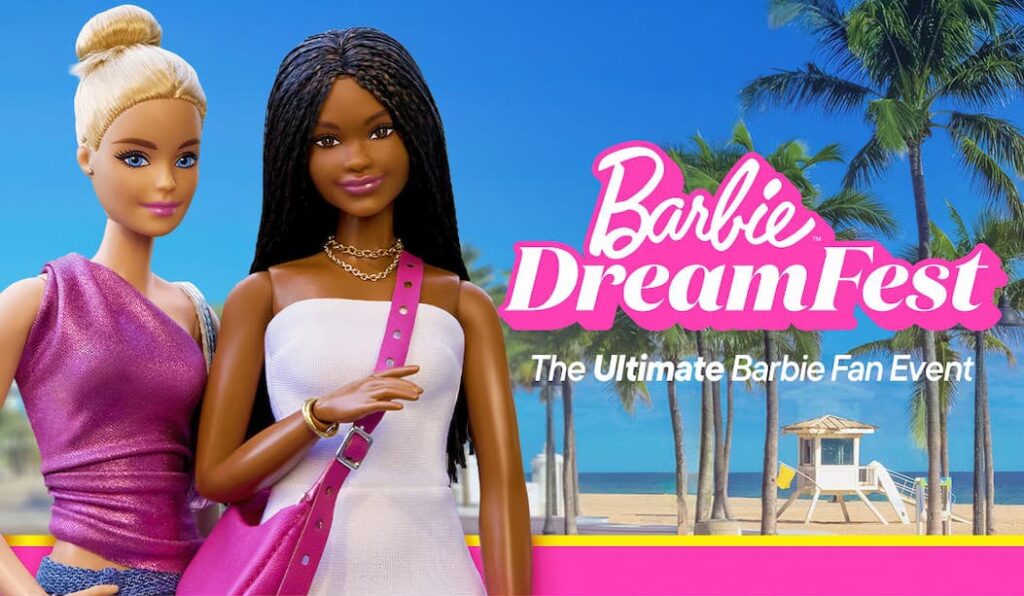Consumers 50 and over account for 70% of all assets in the United States as well as more than half of the discretionary spending. Over the next decade, this market is expected to have double-digit growth as more and more baby boomers age. In contrast, the 50 and under market is expected to be flat, if not shrink.
There is no single 50-plus market
Contrary to some marketers’s views, there are many different segmentations within the overall 50-plus universe. But there are three major divisions that all marketers should be aware of. These are: pre-retirees, who are usually between 50 and 62; active retirees, approximately between 62 and 75; and true seniors, the older old, 75 and above. Each has its own mindset and is roughly reachable by age even though, as life stage segments, the dates will vary by individual.
Pre-retirees
These are the true baby boomers. They are still active, still working, and have very different needs and priorities than the older old. They are time-constrained and cynical of marketing in general and direct marketing in particular. They are educated and experienced consumers who are less likely to be taken in than consumers in their 20s or even 30s.
Active retirees
They are “retired”, but many are still working, either part time or just at jobs doing something they love. They are reinventing themselves with new experiences and learning new things. They are the silent majority/World War II generation.
Seniors
They are the older old. They have slowed down and have a smaller circle of activities. They are more trusting and more concerned with health issues.
Market value, not price
The senior discount is a stereotypical marketing reaction. The 50-plus markets are more likely to pay more for value or a reputable brand.
Creative rules are different
The biggest creative mistake when trying to reach an older audience is printing copy on an illustrated background. It’s not that readable to the older eye. Also the point size of the font should be larger. Broadcast ads should slower and have fewer cuts. And in DRTV, anything important should be held off for the first few seconds of any spot. Neither the older eye nor the older mind can keep up with the changes from the previous commercial. Internet and email marketing works well for boomers, whose comfort level with computer technologies comes from using them at work. But Internet penetration takes a nose-dive when the population hits 65. The Web is not visited by close to 75% of the population of today’s active retirees and true seniors.
Market from a positive point of view
A negative point of view can kill a product. Marketing something to alleviate how terrible it is to be old will go no where, marketing something as a way to let older people still be active and enjoy their grandchildren points a positive spin on the product or service.
Remember they are their own decision makers
Don’t market to their adult children. If you make them feel marginalized, they will marginalize your product or service.
Don’t use your perception of what’s old, use your market segments.
A recent Gallup poll came to the consensus that 74 is old. But when you look at responses from people under 50, “old” centered less than 70 years of age. Asking people over 50 the question produced the view that “old” is at least 80.
Use appropriate models
Yes, people in their 70s do roller blade, wind surf and parachute jump, but they are not typical. The 50-plus markets know that and laugh at such ads. Use active, vibrant positive images of people of the same age as the segment enjoying life (and/or the product or service).
Kurt Medina heads Medina Associates, a Rose Valley, PA-based consultancy specializing in the 50-plus markets.



